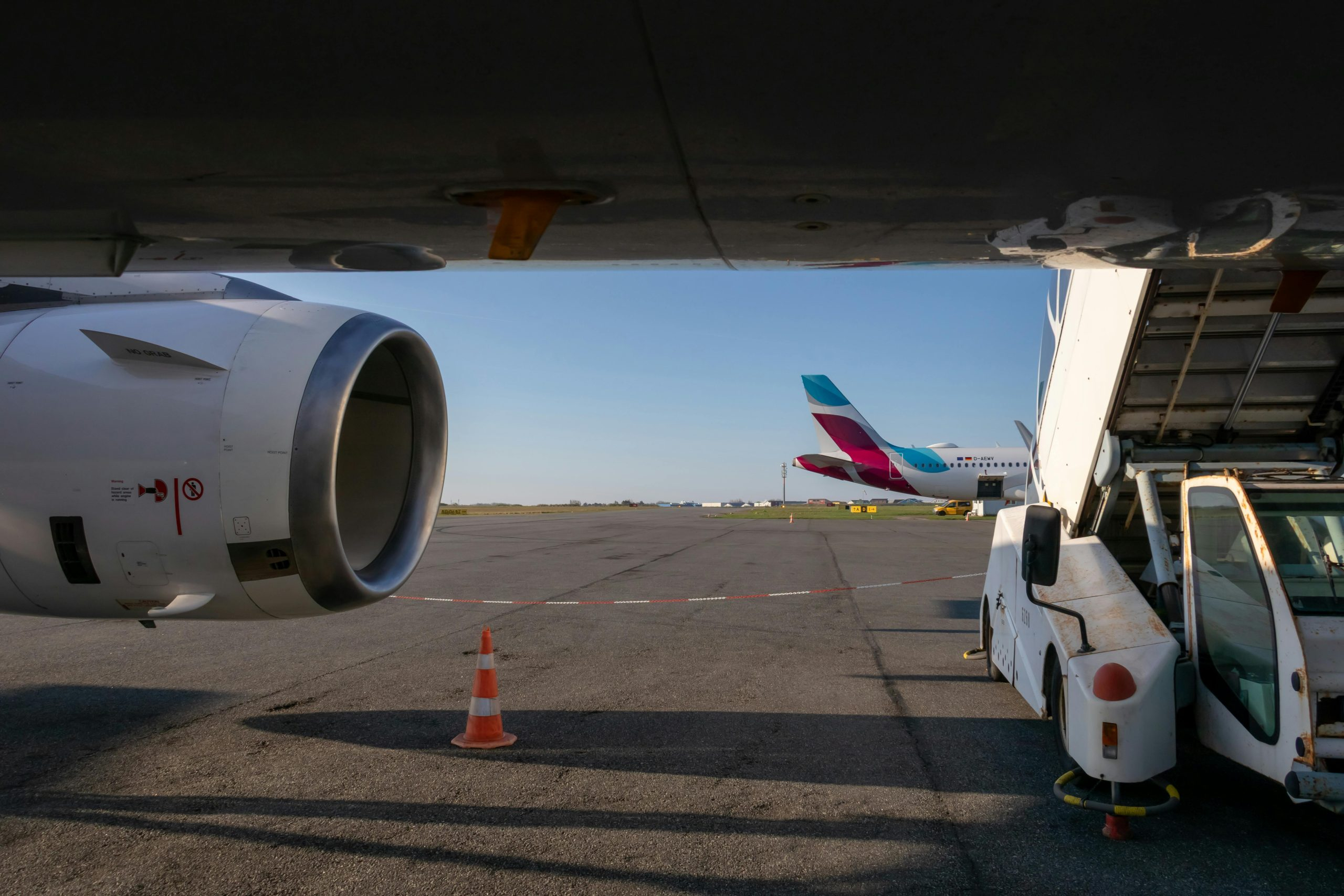Flight Safety Record Transparency Builds Passenger Confidence
“Ladies and gentlemen, we have now reached our cruising altitude and the captain has turned off the seat belt sign. Thank you for choosing to fly with us today.” These words, spoken by the flight crew before every flight, are meant to reassure passengers that their journey will be a safe and smooth one. However, with the recent accidents and safety concerns in the aviation industry, passengers have become more wary and skeptical about the safety of their flights. This is where flight safety record transparency plays a crucial role in building passenger confidence.”
Understanding Flight Safety Record Transparency
Flight safety record transparency refers to the open and honest disclosure of an airline’s safety records and statistics. It involves making the information easily accessible to the general public, including passengers, through various channels such as the airline’s website, safety reports, and news releases. This transparency allows passengers to make informed decisions and helps build trust in the airline’s safety standards and practices.
The Importance of Flight Safety Record Transparency
When boarding a flight, the safety of the passengers should be the airline’s top priority. However, in recent years, there have been several high-profile incidents and accidents that have raised questions about the safety measures and practices of airlines. This has led to a decline in passenger confidence and trust in the aviation industry. Flight safety record transparency is crucial in reassuring passengers that their safety is taken seriously and that the airline is committed to maintaining high safety standards.
Moreover, in today’s digital age, information is readily available at the click of a button. Passengers can easily access safety records and statistics of different airlines and make comparisons before booking their flights. If an airline has a history of accidents or safety violations, passengers are more likely to opt for another airline. On the other hand, if an airline has a good safety record and is transparent about it, it can be a key factor in attracting and retaining customers.
The Role of Regulators and Governments
While airlines are responsible for ensuring the safety of their flights, regulators and governments also play a crucial role in promoting flight safety record transparency. They set and enforce safety standards and regulations, conduct safety audits, and have the authority to ground airlines that do not meet these standards. The International Air Transport Association (IATA) also plays a significant role in promoting and improving safety standards in the aviation industry through its Safety Assessment of Foreign Aircraft (SAFA) program.
Furthermore, regulatory bodies and governments need to work together in sharing safety information and records. This cooperation can help identify potential safety risks and improve safety measures industry-wide. Passengers also have the right to know about any sanctions or safety issues faced by an airline. Therefore, governments should mandate airlines to disclose such information to the public.
The Benefits of Flight Safety Record Transparency
There are several benefits to flight safety record transparency, both for the airlines and passengers. For airlines, being transparent about their safety records can improve their reputation and credibility. It also allows them to identify and address any safety concerns before they escalate. Furthermore, it can also reduce the number of legal lawsuits and costs associated with safety-related incidents.
For passengers, flight safety record transparency provides peace of mind knowing that they are flying with a safe and trustworthy airline. It also allows them to make informed decisions when choosing their flights. Additionally, in case of an incident, passengers can refer to the airline’s safety records and reports to understand the situation better and have the necessary information to take further action.
The Way Forward
Flight safety record transparency is not just a matter of transparency and trust, but it is also a matter of safety. Airlines, regulators, and governments must work together to promote and improve transparency in the aviation industry. Airlines should regularly update their safety records and reports, and make them easily accessible to the public. Regulators and governments should also ensure that all necessary safety measures and regulations are in place and strictly enforced.
Moreover, passengers should also be encouraged to report any safety concerns or incidents they witness during their flights. This open communication can help improve safety practices and increase passenger confidence. Ultimately, it is the responsibility of all stakeholders in the aviation industry to prioritize flight safety and ensure that passengers can fly with confidence and peace of mind.
Conclusion
In conclusion, flight safety record transparency is a crucial aspect of building passenger confidence in the aviation industry. It provides passengers with the necessary information to make informed decisions and improves the accountability of airlines and governing bodies. It is not just a trend, but it is a necessary step towards ensuring the safety of all those who choose to fly the skies. Let us work together to promote and improve flight safety record transparency for a safer and more confident future of air travel.










